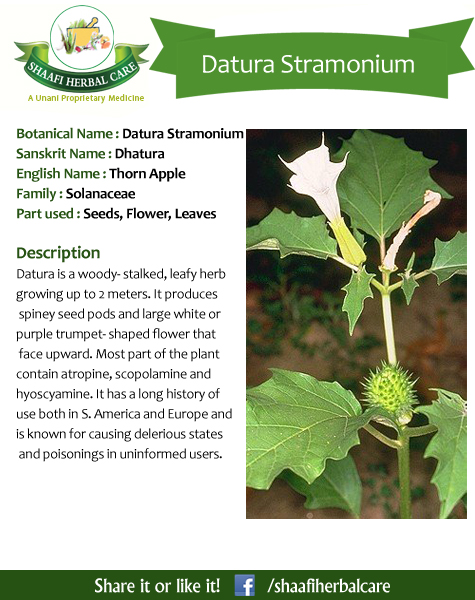
Health benefits of Tamarind
- Tamarind fruit contains certain health benefiting essential volatile chemical compounds, minerals, vitamins and dietary fiber.
- Its sticky pulp is a rich source of non-starch polysaccharides (NSP) or dietary-fiber such as gums, hemicelluloses, mucilage, pectin and tannins. 100 g of fruit pulp provides 5.1 or over 13% of dietary fiber. NSP or dietary fiber in the food increases its bulk and augments bowel movements thereby help prevent constipation. The fiber also binds to toxins in the food thereby help protect the colon mucus membrane from cancer-causing chemicals.
- In addition, dietary fibers in the pulp bind to bile salts (produced from cholesterol) and decrease their re-absorption in the colon; thereby help in expulsion of “bad” or LDL cholesterol levels from the body.
- While lemon composes of citric acid, tamarind is rich in tartaric acid. Tartaric acid gives sour taste to food besides its inherent activity as a powerful antioxidant. (Anti-oxidant E-number is E334). It, thus, helps human body protect from harmful free radicals.
- Tamarind fruit contains many volatile phytochemicals such as limonene, geraniol, safrole, cinnamic acid, methyl salicylate, pyrazine and alkylthiazoles. Together these compounds account for the medicinal properties of tamarind.
- This prized spice is a good source of minerals like copper, potassium, calcium, iron, selenium, zinc and magnesium. Potassium is an important component of cell and body fluids that helps control heart rate and blood pressure. Iron is essential for red blood cell production and as a co-factor for cytochrome oxidases enzymes.
- In addition, it is also rich in many vital vitamins, including thiamin (36% of daily required levels), vitamin-A, folic acid, riboflavin, niacin, and vitamin-C. Much of these vitamins plays antioxidant as well as co-factor functions for enzyme metabolism inside the body.


